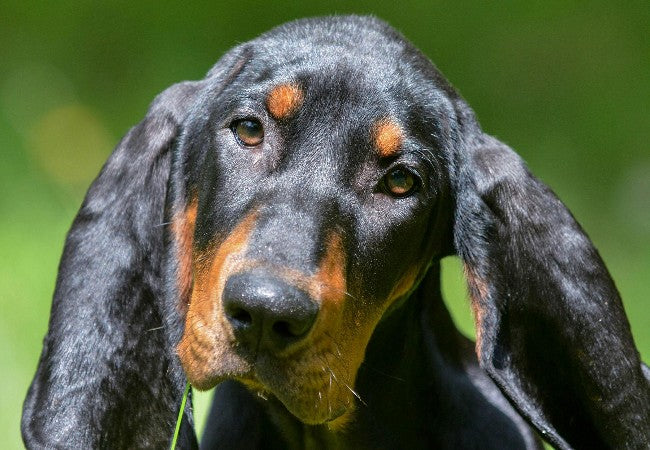Vet Guide to Coonhound Paralysis in Dogs 2025 🐶🧠

In this article
Vet Guide to Coonhound Paralysis in Dogs 2025 🐶🧠
By Dr. Duncan Houston BVSc
Coonhound paralysis, clinically known as acute idiopathic polyradiculoneuritis (ACIP), is a sudden immune-mediated inflammation of spinal and peripheral nerves in dogs. It often follows exposure to raccoon saliva but can also be triggered by infection or vaccination. This guide covers causes, progression, diagnosis, care, and rehabilitation. 👍
📍 What Causes It?
- Immune reaction to raccoon saliva (bite/scratch) 7–14 days prior.
- Can occur without raccoon contact—linked to respiratory/GI infections, raw poultry exposure, or vaccination.
- Mimics Guillain–Barré syndrome in humans—immune-mediated nerve attack.
⚠️ Signs & Progression
- Starts 7–14 days after trigger with stiff, short-strided gait.
- Rapidly progresses over 4–10 days to lower motor neuron paralysis of hind limbs, then all limbs.
- Hyporeflexia, muscle atrophy, weak bark, and possible facial and respiratory muscle involvement.
- Dogs may still wag their tails, can feel pain, and remain alert despite weakness.
🔬 How It’s Diagnosed
- History & exam: note potential raccoon exposure, infections, vaccination history.
- Blood & Urinalysis: rule out other causes like tick paralysis or botulism.
- Neurologic testing: EMG, nerve conduction studies, and sometimes CSF analysis.
🛌 Supportive Care & Treatment
- No specific cure—the mainstay is intensive supportive care.
- Hospitalization for severe cases—oxygen support, ventilator if respiratory muscles affected; IV fluids; catheter for urination.
- Prevent complications: turn regularly to avoid pressure sores, maintain hygiene, and assisted feeding.
- Physical rehab: passive range-of-motion exercises, muscle stimulation, hydrotherapy.
- Pain management as needed—dogs often still feel pain.
📈 Recovery & Prognosis
- Signs begin to improve typically 3–4 weeks post-onset; full recovery may take months.
- Most dogs recover fully; severe cases may leave residual weakness or require extended rehab.
- Mortality is low if respiratory support is provided when needed.
✅ Vet Tips by Dr Duncan Houston 💡
- 🎯 If your dog shows hind-leg weakness or stiff gait, ask about raccoon exposure or recent illness/vaccination.
- 🚑 Early hospitalization is crucial if breathing difficulty is noted.
- 🛀 Provide round-the-clock nursing with attention to repositioning, hygiene, and nutrition.
- 💪 Begin gentle rehabilitation early to reduce muscle loss and speed recovery.
- 📆 Regular check-ins—adjust care and monitor progress until back home.
If your dog displays progressive weakness, especially after raccoon contact or illness, act quickly. Through the AskAVet.com app, get fast veterinary advice.With dedication, most dogs stand strong again. 🐾❤️






